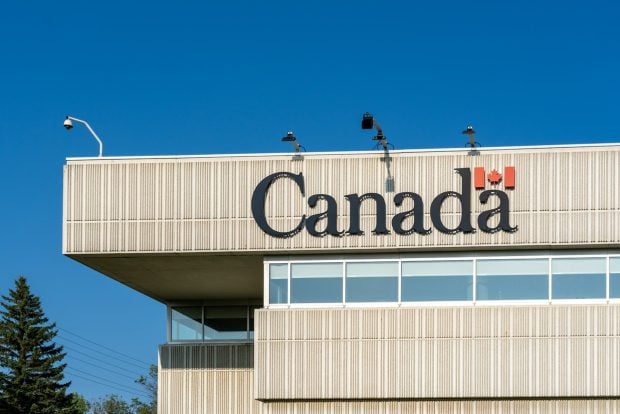Only 55% of high-volume Canadian government services meet standards, official figures reveal

Just over half (55%) of ‘high-volume’ services provided by the Canadian government met standards last year, falling well below the 80% target, according to data from the Treasury Board of Canada Secretariat.
High-volume services are defined by the Treasury Board as those that record “45,000 or more transactions a year across all channels”.
The 55% of services meeting standards for being digitally enabled and serving the needs of Canadians is an improvement on 40% in 2022/23, and the Treasury Board’s latest departmental results report said that “as departments recover from the impacts of the pandemic, [the board] anticipates that the percentage of high-volume government services that meet service standards will gradually increase”.
It added: “[We] will continue to help departments improve service delivery by offering quarterly workshops and by facilitating access to experts.”
Reasons given for the shortfall from the 80% target highlighted in the report include “funding and data challenges”, which the board said made it “difficult to invest in and maintain the health of applications”. It said it would push for more data-driven decision-making to get a “clearer understanding of the government’s application portfolio and its associated costs”.
By sharing data and working with departments, the board added that it would aim to “improve the management of application health and to encourage timely efforts to modernise outdated technology”.
Read more: Delivery driver: how the Canadian Data/AI Challenge makes data dreams come true
Union demands clarity about cuts
Anita Anand, president of the Treasury Board, said in a statement that one of the board’s priorities going forward is to ensure that government finances are “prudently managed” in 2025.
She said that to deliver on this aim, ministers would need to be given regular spending approval advice, following on from the Refocusing Government Spending initiative announced as part of the government’s 2023 budget, which also set out plans for C$500m of in-year budget cuts.
The Treasury Board has also encouraged departments to find savings “without layoffs”. However, it stressed that it could not rule cuts out and added that details on this will only be made public in June 2025.
The Public Service Alliance of Canada (PSAC), a union of 240,000 members, responded by saying that information about cuts was crucial. It warned that members and their families were being left “wondering if they’ll have jobs next summer” and were “unable to plan their lives or meet their financial obligations”.
Canada’s state productivity plan
In December, the government of Canada announced a working group to boost public service productivity. Its mandate is to provide advice on how government can be more innovative, flexible and efficient in delivering services for Canadians by the end of March 2025.
Anand said then that given the public sector’s 40% overall share of Canada’s gross domestic product, it was “crucial to consider the role of the federal public service” in strengthening and boosting national productivity.
The group’s first meeting was held on 11 December 2024 and it is expected to meet at least six times during its lifespan. However, this timeline was established before prime minister Justin Trudeau announced his resignation. Trudeau will resign as Liberal Party leader and prime minister once his successor has been appointed, after the party selects its next leader, potentially leading to a change in government priorities.
Read more: Government of Canada names working group on public service productivity




















